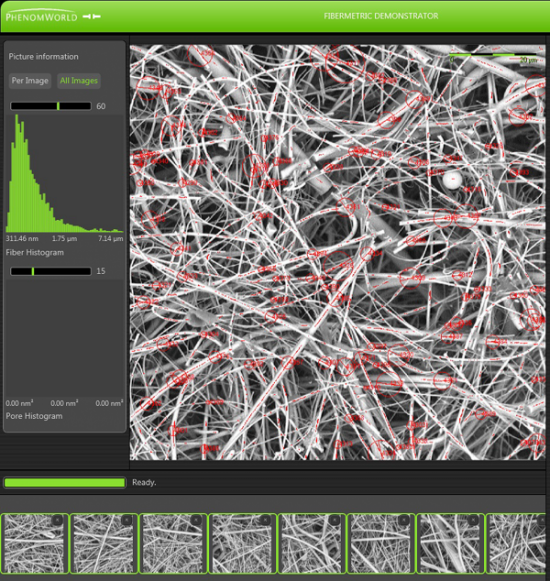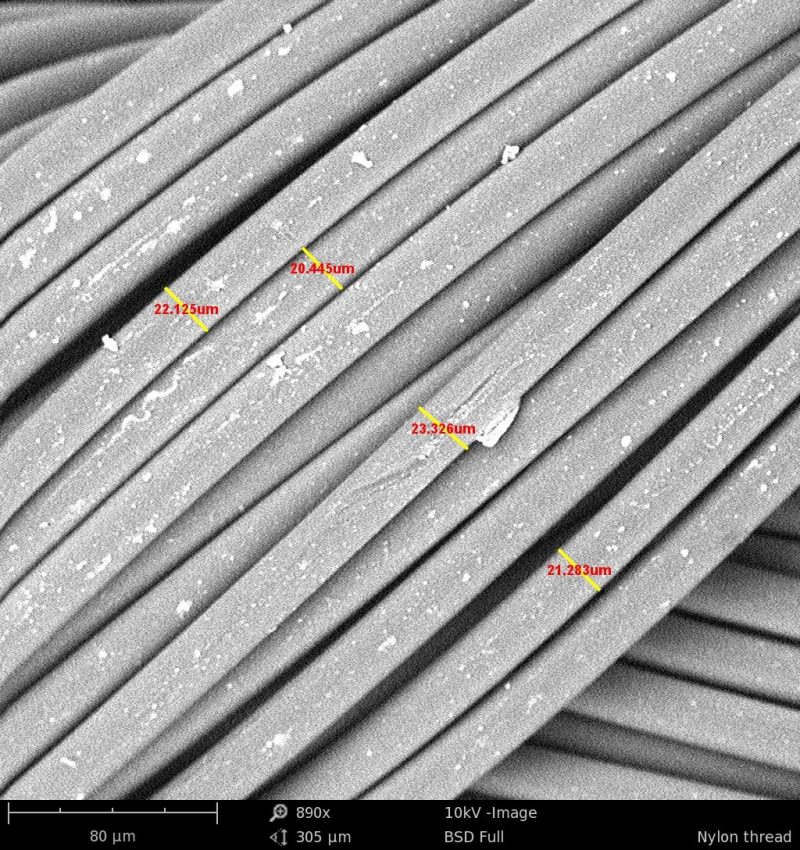Filtration and fibers used to separate liquids from particles or particles from air play an important role in our everyday lives. Filters help to clean air, water or oil for automobiles, this important product plays a major role in keeping our lives running at their best.
Filters and fibers comprise many different materials, some natural and some man-made. Air filters such as HEPA and ULPA filters, made from glass or polymer fibers. Over the years this category has seen innovation of nanofibers. These fibers, when deposited on nonwovens, aid infiltration. Many products use fibers and these can weave into textiles, nonwoven sheets to make filters, insulation, envelopes, and disposable wipes like baby wipes.

In the manufacturing process, the fiber diameter and size distribution are two key quality measurement parameters. Visual inspection methods for evaluating fiber quality need a team, counting and calculating fiber diameter and distribution. This is a slow, arduous process. Fibers imaged in a scanning electron microscope (SEM), is a much faster and higher quality way to measure fiber quality. Scanning electron microscopes generate high-resolution images, provide elemental analysis, and in some cases the ability to measuring thousands of fibers in minutes.
Speeding up quality control and assurance analysis in manufacturing is a goal across many industries, including for fiber and filtration. Tabletop scanning electron microscopes help do this. The Phenom tabletop scanning electron microscope utilizes a unique electron source, cerium hexaboride, that yield images of high quality and detail. These images, combined with software for measuring the surface porosity and fiber density results in quantitative measurements of fiber diameters, distribution and porosity in less time than counting.
Below are examples of images taken with the Phenom Desktop Scanning Electron Microscope, the images show the high depth of field and crisp image quality that is obtained with this instrument. This particular image is nylon threads that have been manually measured for the diameters using the point and click version of drawing a line on the image. These fiber measurements were made in less than a minute.

